If you’ve ever struggled with a stuck zipper, you know how something so small can decide your outfit’s fate. From rugged jeans to delicate dresses, zippers hold things together—literally. In this article series, we’ll explore every major type of zipper used in garments, how they’re made, and where they work best.
Table Of Contents
What Is a Zipper and Why Does It Matter?
A zipper is a fastening device made of two fabric tapes with interlocking teeth or coils. It’s one of the simplest yet most essential garment accessories. Invented in 1913 by Gideon Sundback, zippers now appear in over 90% of modern apparel.
In the garment industry, zippers play a massive role in function and fashion. The global zipper market reached $13.5 billion in 2023, projected to grow by 4.2% annually until 2030. That’s a lot of teeth clicking every day!
Main Types of Zippers Used in the Garment Industry
Let’s break down the four major zipper types—each with its own character, strengths, and quirks.
Coil Zippers – The Flexible Workhorse
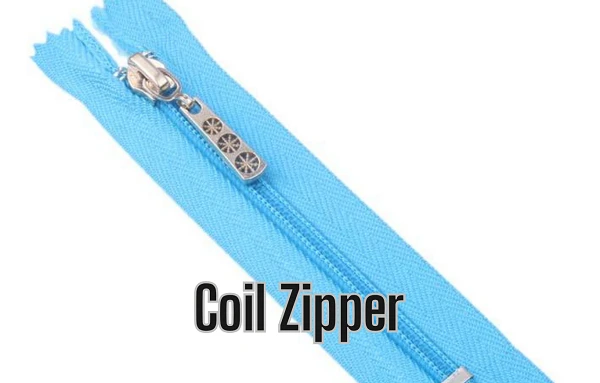
Material: Polyester or nylon
Best for: Jackets, sportswear, bags
Coil zippers are made using a continuous nylon or polyester coil stitched onto the tape. They’re smooth, flexible, and resistant to damage.
Because of their soft construction, they bend easily—perfect for curved seams or lightweight garments. About 60% of modern garments use coil zippers, according to YKK’s 2022 industry report.
Advantage:
- Lightweight yet strong
- Resistant to corrosion
- Smooth operation
Disadvantage:
- Less suitable for heavy-duty garments
Metal Zippers – The Classic Power Player
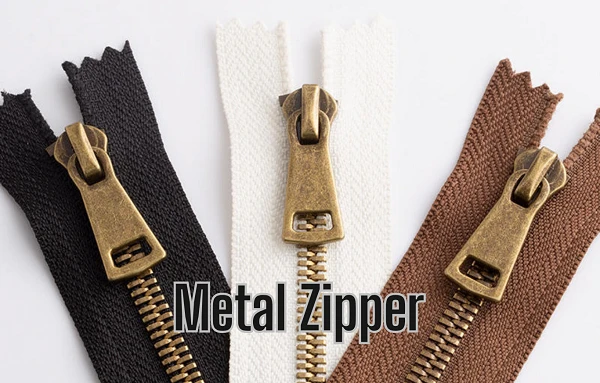
Material: Brass, aluminum, nickel, or copper
Best for: Denim, leather jackets, boots.
If coil zippers are flexible, metal ones are tough as nails. They’re built for durability and aesthetics. The teeth are clamped directly onto the tape, giving that satisfying click sound.
A single metal zipper can withstand tensile stress of over 150 Newtons, making it ideal for heavy garments.
Advantage:
- High strength and longevity
- Premium look
- Ideal for rugged applications
Disadvantage:
- It can corrode if exposed to moisture
- Heavier than other types
Plastic Molded Zippers – The Lightweight Alternative
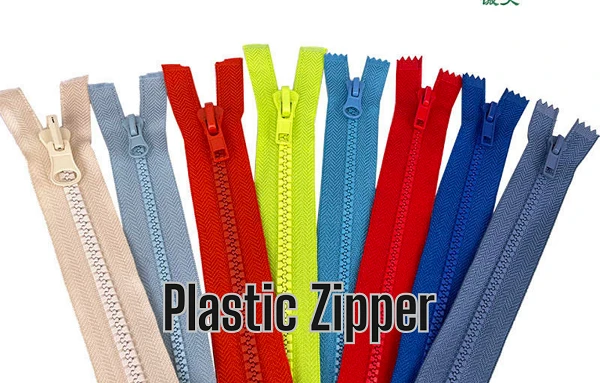
Material: Polyacetal resin or polyethylene
Best for: Kidswear, raincoats, and outdoor gear
Plastic molded zippers look like metal ones but are lighter. Each tooth is individually molded and fused onto the tape. They come in bright colors, making them a favorite for fashion-forward designs.
Advantage:
- Corrosion-free
- Economical
- Easy to match with garment color
Disadvantage:
- Weaker than metal
- Teeth can break under pressure.
Invisible Zippers – The Hidden Hero of Fashion
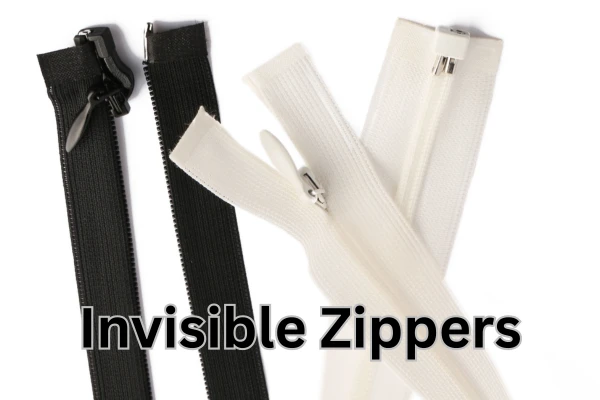
Material: Nylon or polyester coil
Best for: Dresses, skirts, and pillow covers.
As the name suggests, invisible zippers stay out of sight. Once sewn in, the teeth hide beneath the fabric seam, leaving only the slider visible.
These are the go-to choice in high-fashion and women’s wear because they blend seamlessly into the fabric.
Advantage:
- Clean, elegant look
- Lightweight and flexible
Disadvantage:
- Requires careful stitching
- Not suitable for thick fabrics
Comparison Table of Zipper Types
|
Type |
Material |
Strength |
Flexibility |
Common Use |
|
Coil Zipper |
Nylon / Polyester |
Medium |
High |
Jackets, Bags |
|
Metal Zipper |
Brass / Aluminum |
High |
Low |
Jeans, Boots |
|
Plastic Molded Zipper |
Polyacetal Resin |
Medium |
Medium |
Kidswear, Raincoats |
|
Invisible Zipper |
Nylon Coil |
Low-Medium |
High |
Dresses, Skirts |
Choosing the Right Zipper for Your Product
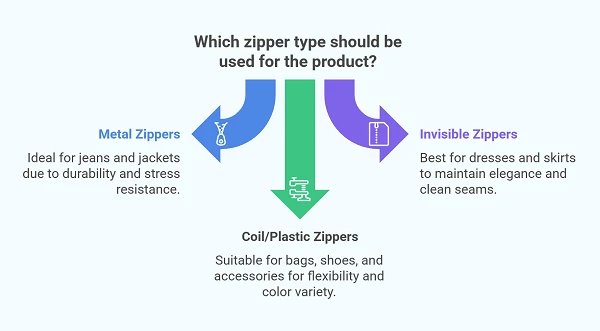
For Jeans and Jackets
Metal zippers win here. They handle stress, friction, and frequent use. That’s why 90% of denim products rely on them.
For Dresses and Skirts
Invisible zippers keep seams clean and enhance elegance. Fashion designers love them for form-fitting designs.
For Bags, Shoes, and Accessories
Coil and molded plastic zippers are best. They’re flexible, smooth, and available in countless shades.
Care and Maintenance Tips
- Apply zipper wax or a small amount of candle wax for smooth sliding.
- Avoid forcing a stuck zipper—it may damage the teeth.
- For metal zippers, apply a thin layer of anti-rust oil.
- Always close zippers before washing to prevent snagging.
Final Thoughts
Zippers may look small, but they carry a big responsibility. Whether it’s a metal zipper on rugged denim or a delicate invisible one on a dress, each type has its own purpose. Next time you zip up your jacket, give a silent nod to the engineering genius behind that tiny strip of magic.
FAQs
1. What is the strongest type of zipper?
Metal zippers are the strongest, used mainly in jeans and heavy-duty clothing.
2. Which zipper is best for sportswear?
Coil zippers work best because they are flexible and smooth during movement.
3. Why do zippers break easily?
Low-quality materials or excessive pressure can cause teeth to misalign or snap.
4. How can I fix a stuck zipper?
Use wax, soap, or a graphite pencil on the teeth—never force the slider.
5. Are plastic zippers waterproof?
Not fully, but plastic molded ones resist moisture better than metal or coil zippers.





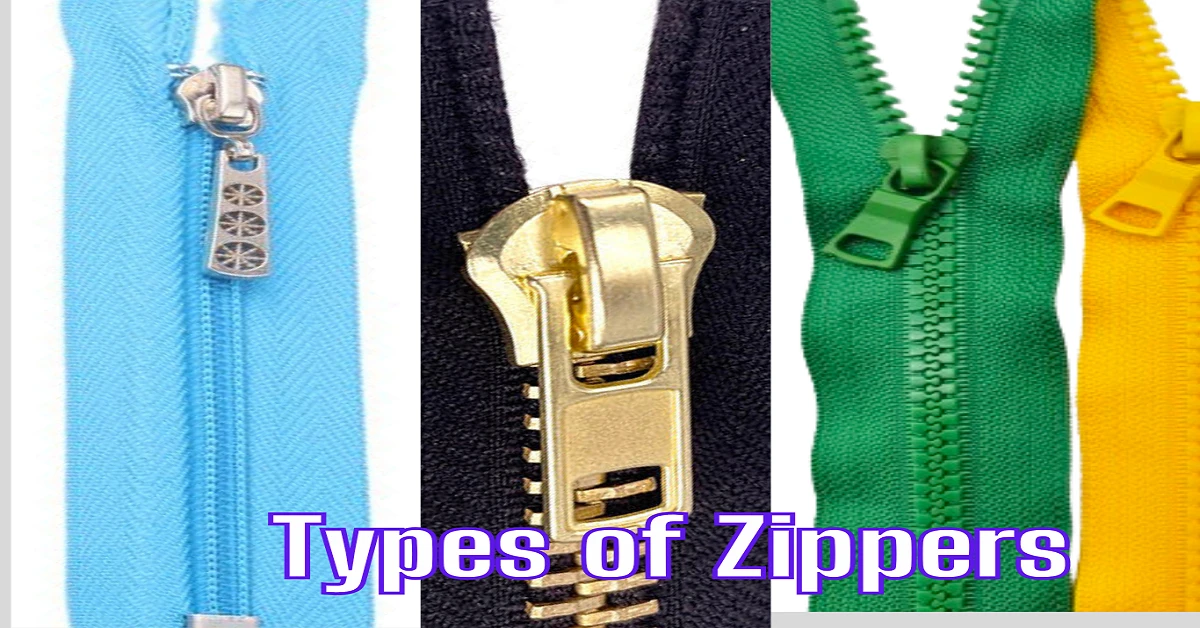
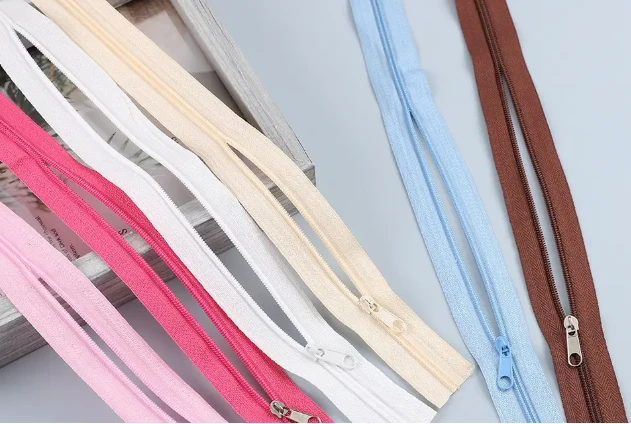
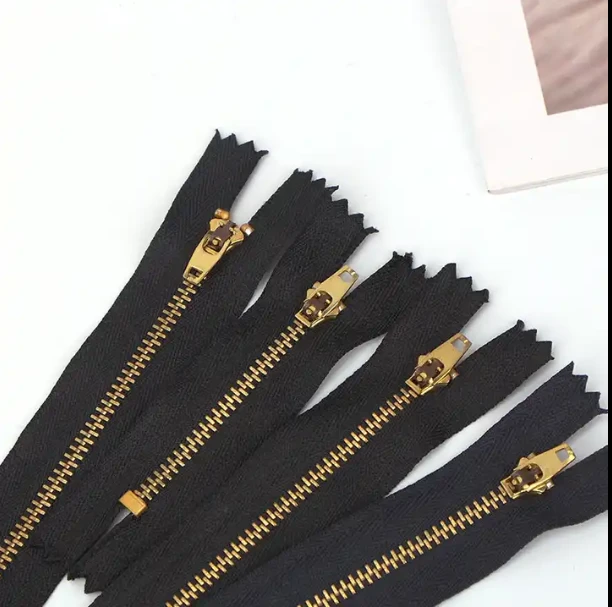
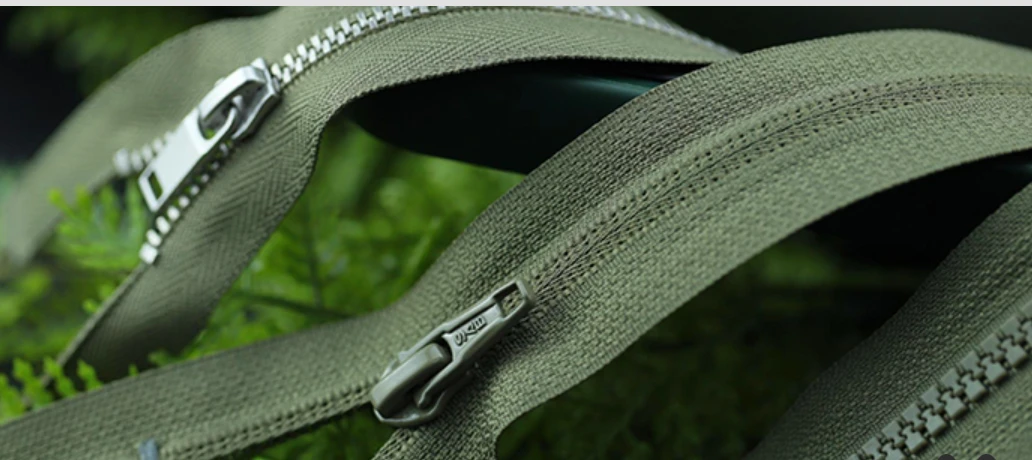
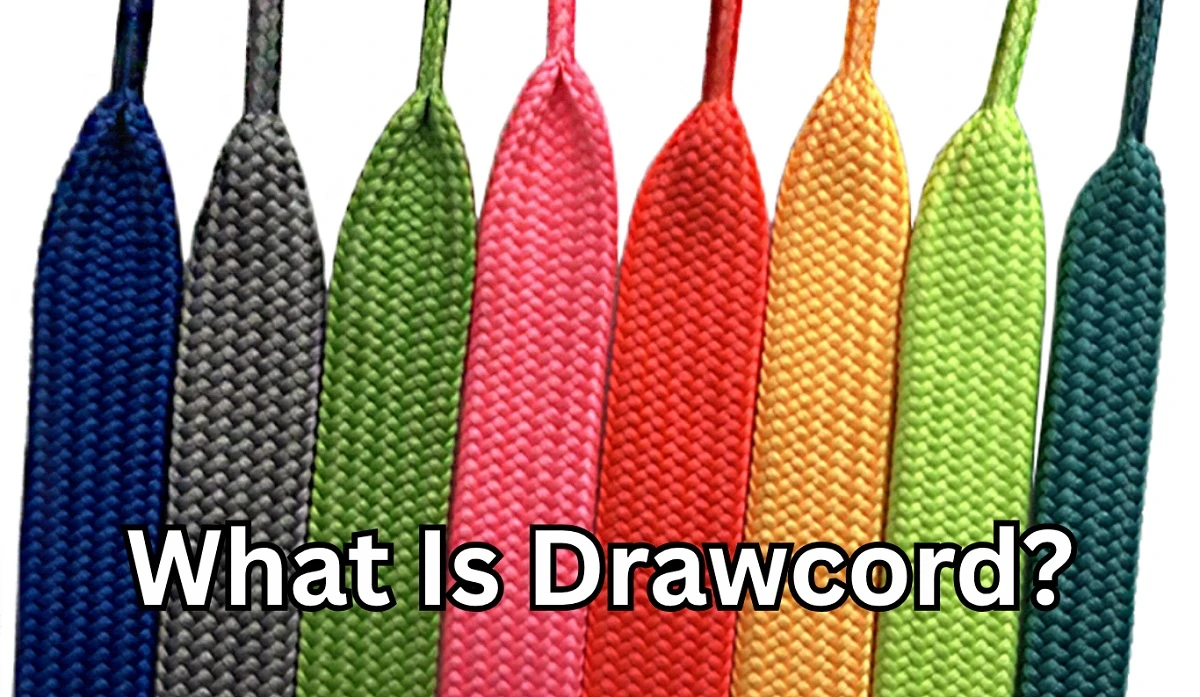
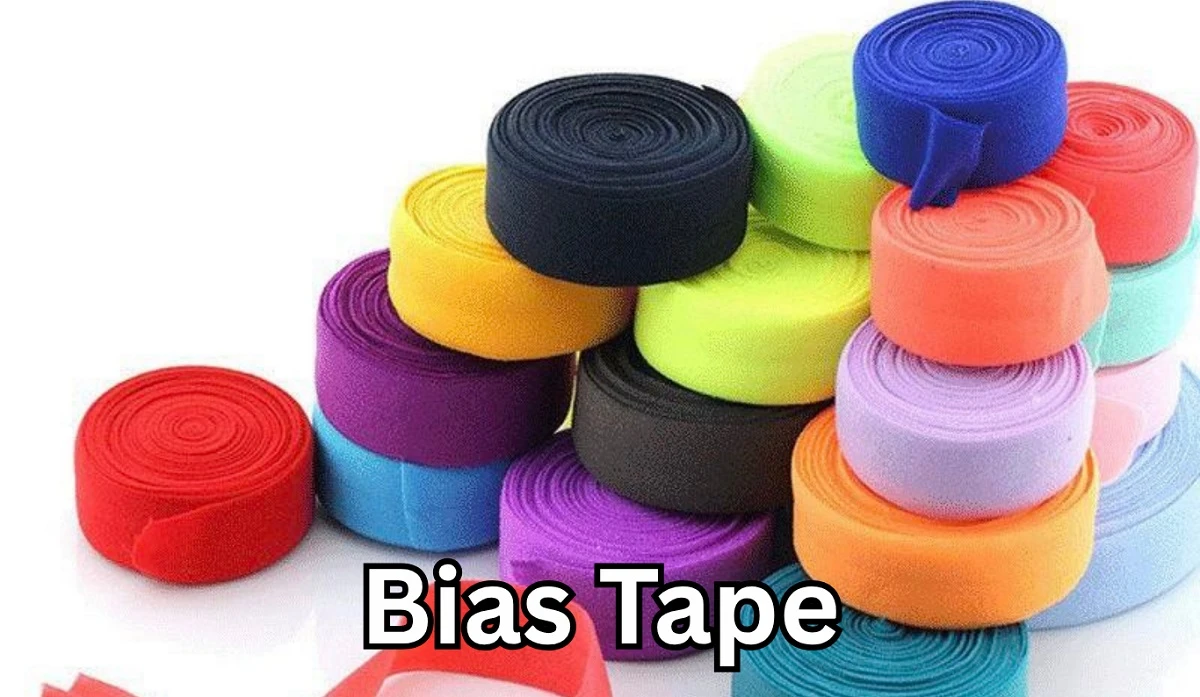
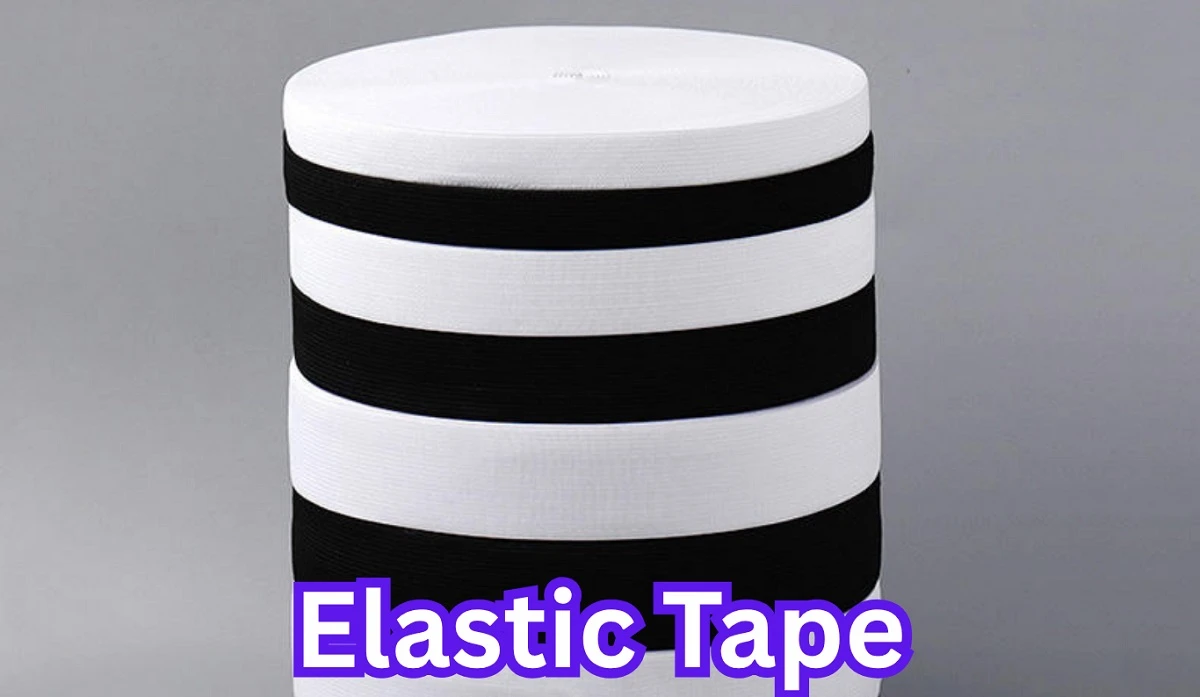
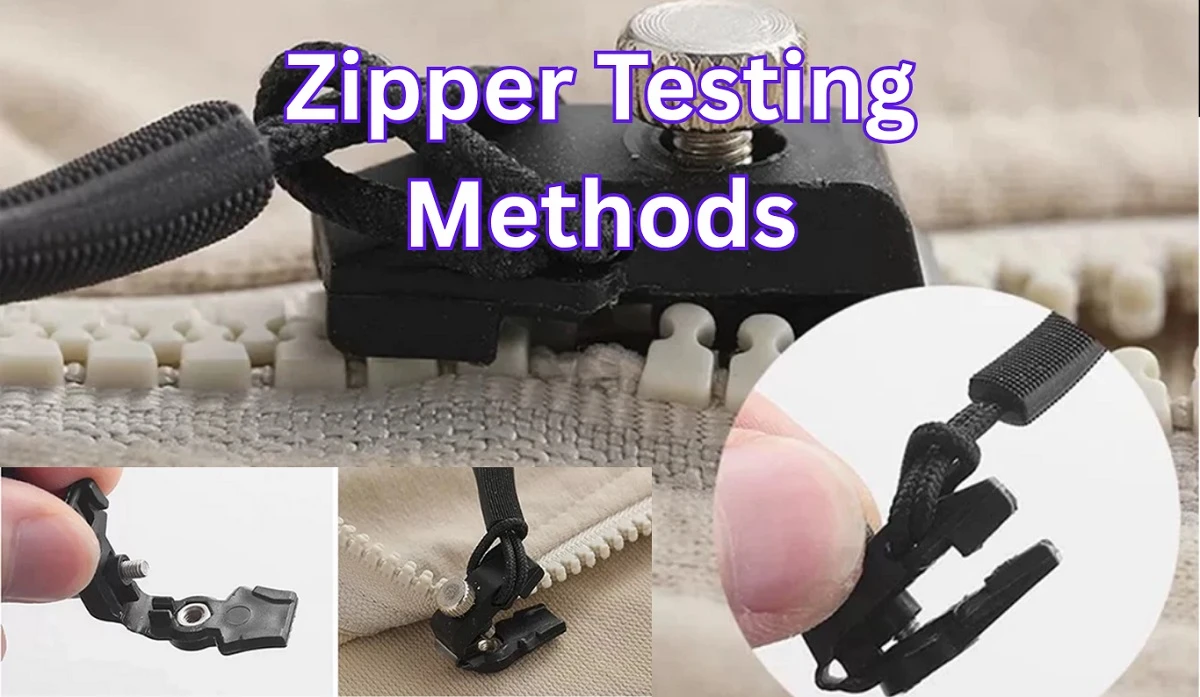
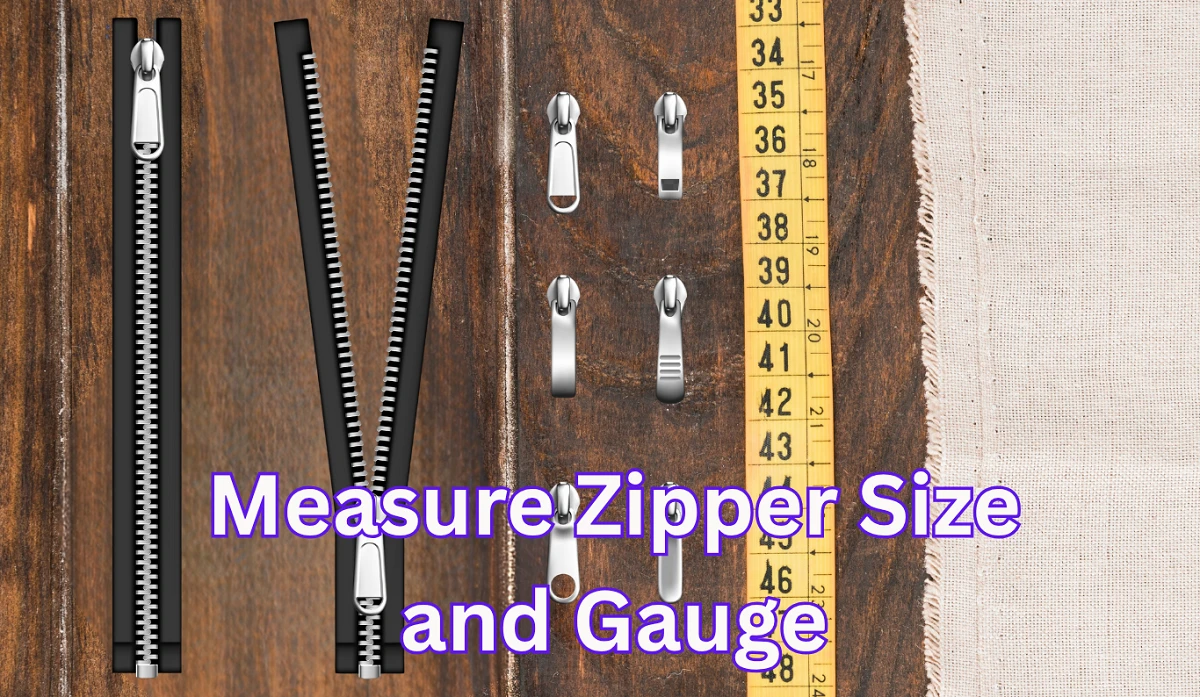
Comments - 00
Leave A Reply
Thanks for choosing to leave a comment.